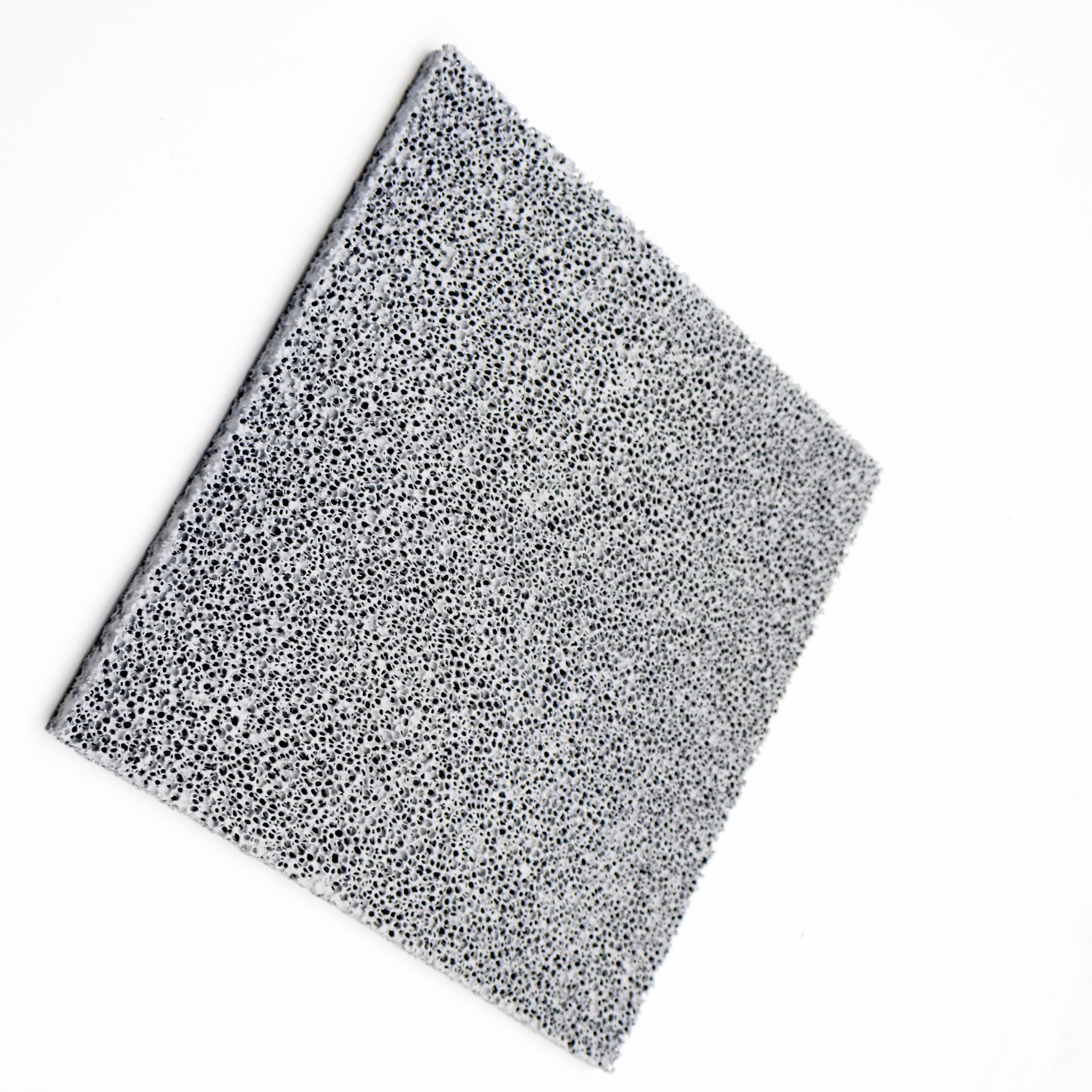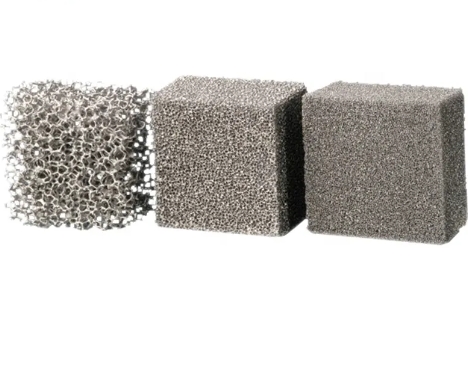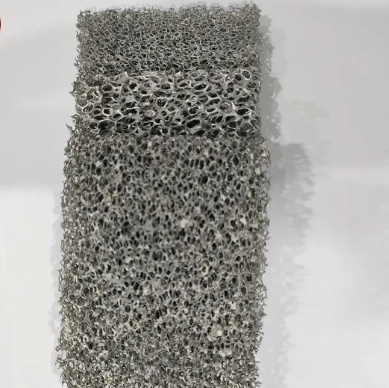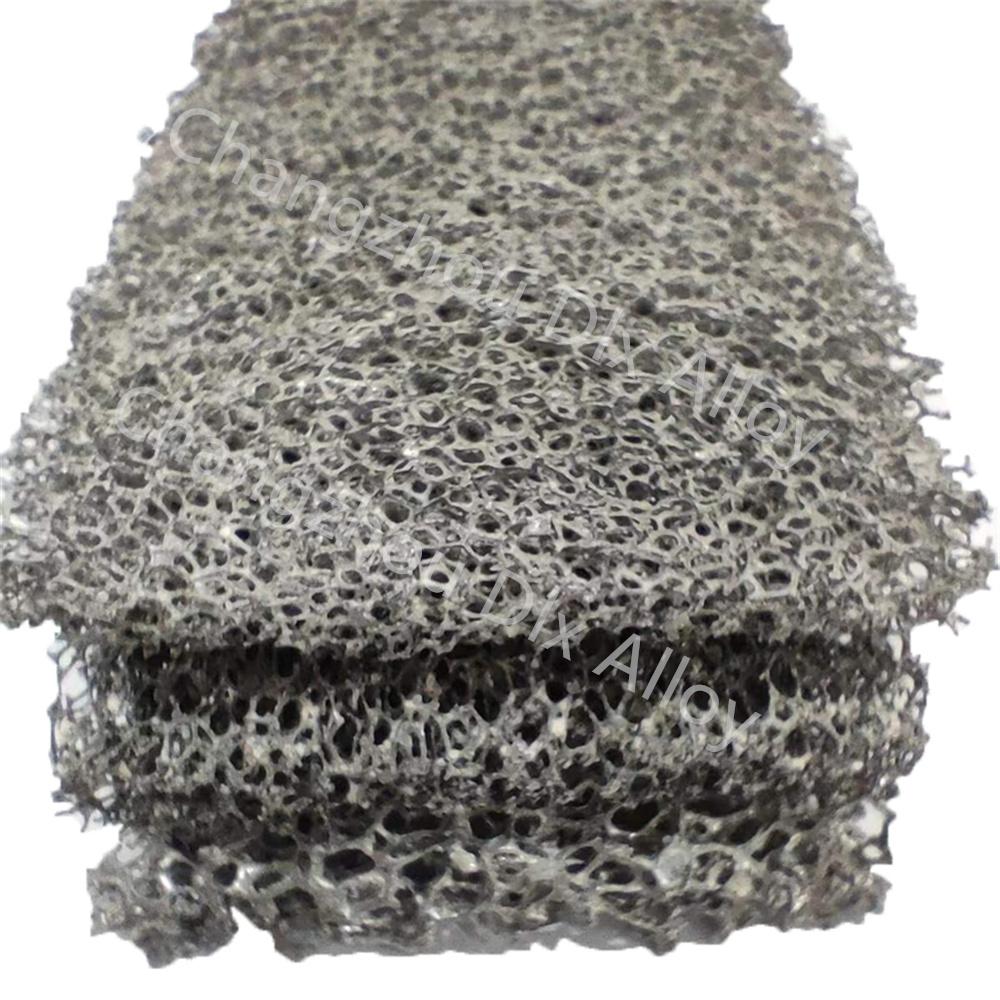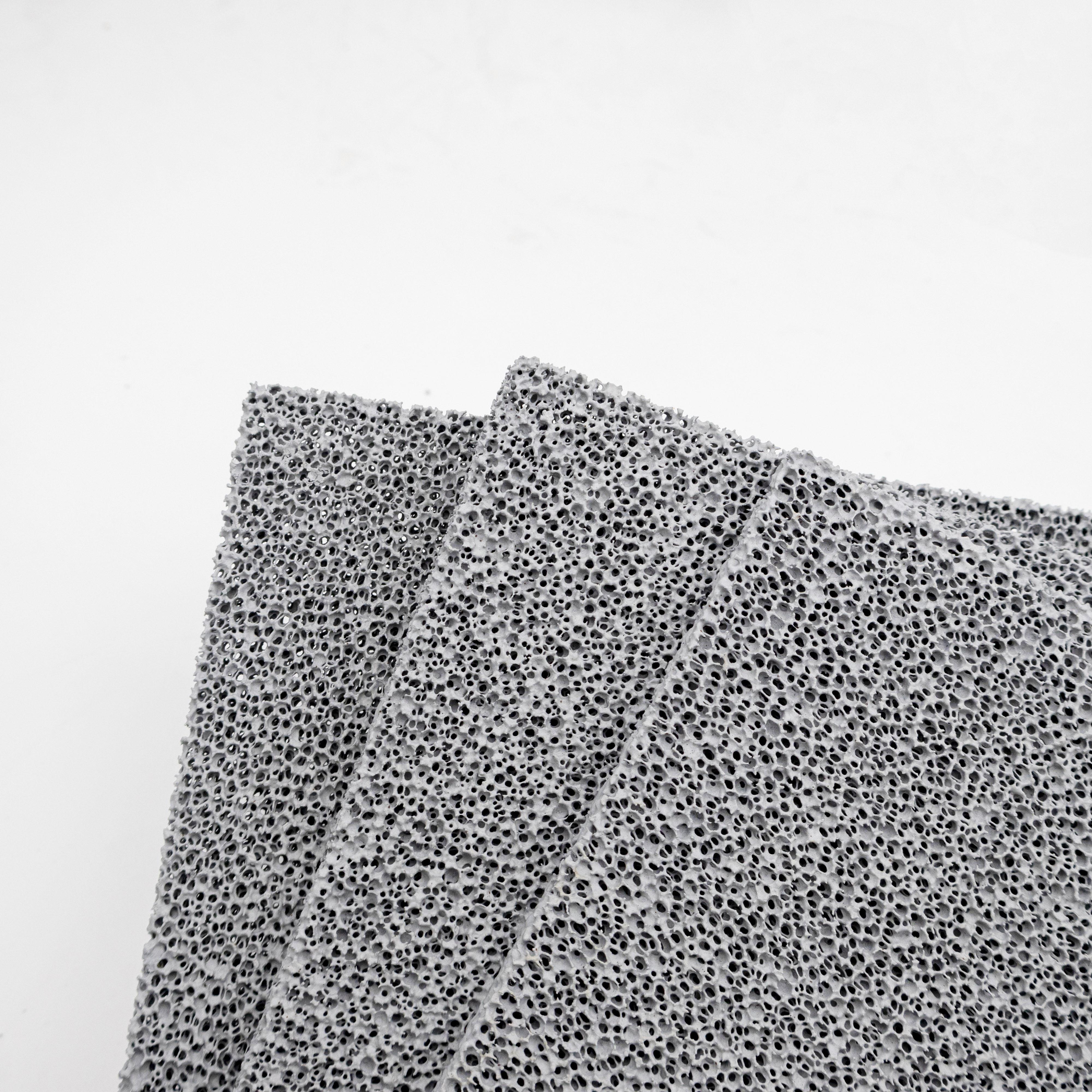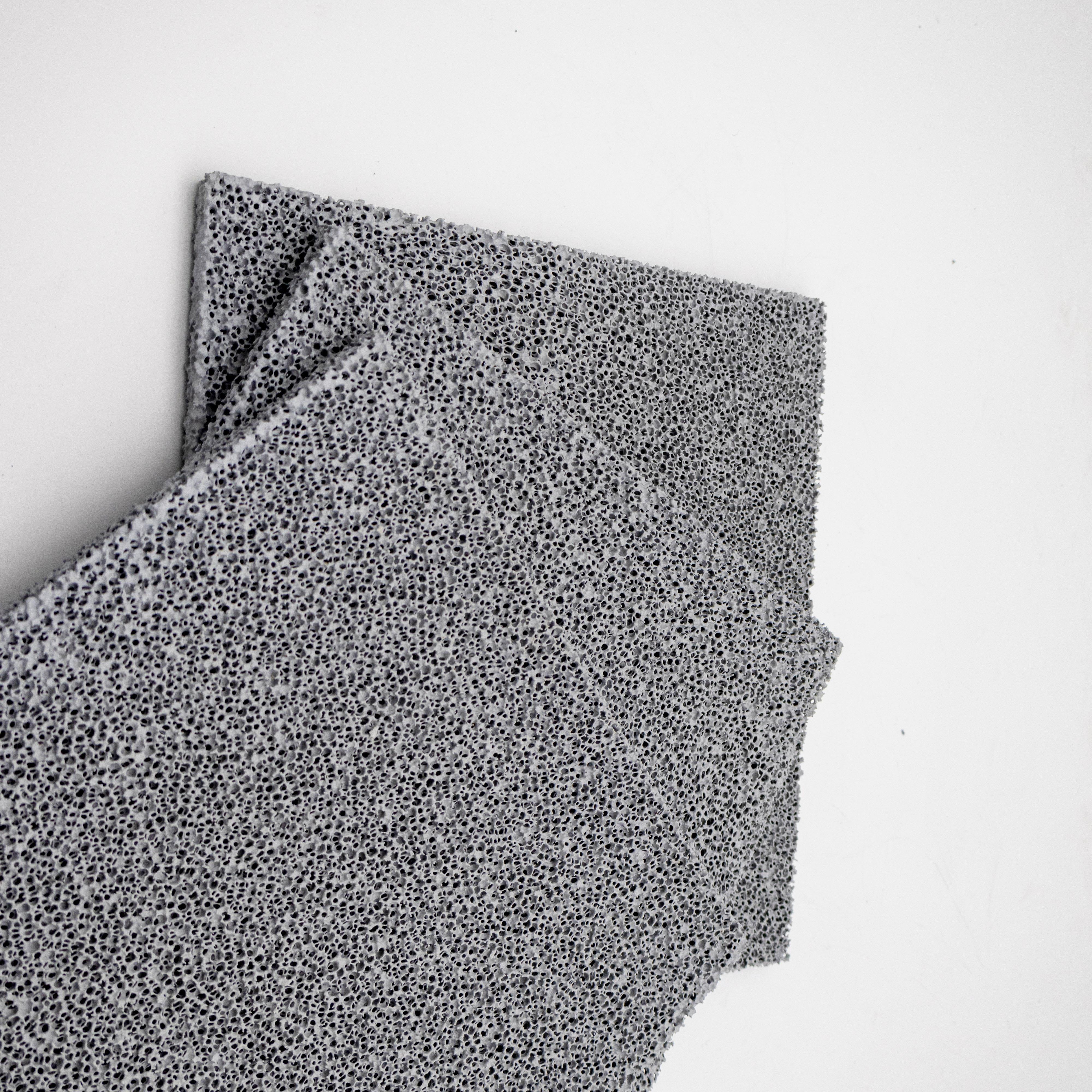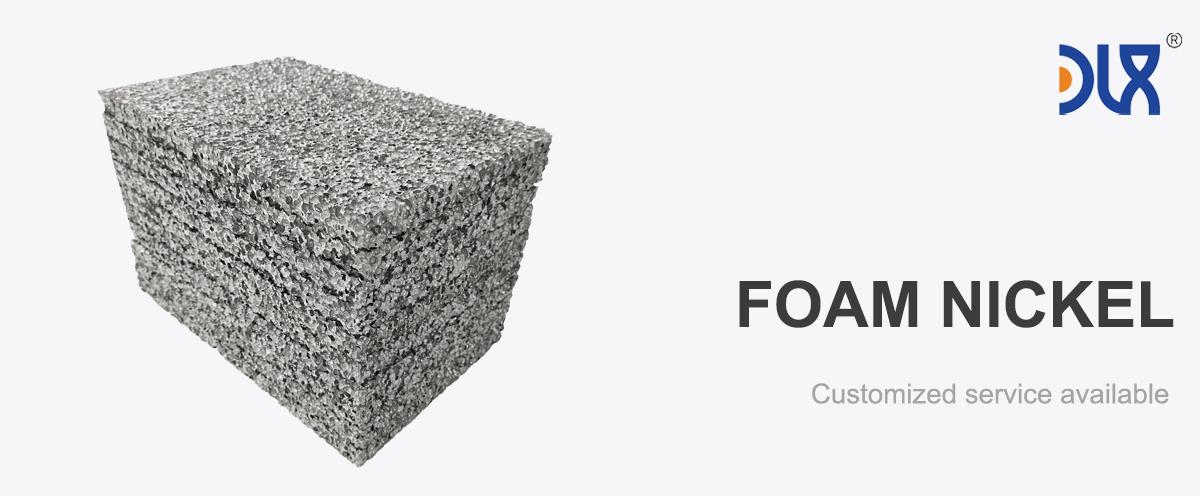
Our high-surface-area Nickel Foam is a powerhouse material designed to supercharge photocatalytic processes, from cleaning water to producing clean hydrogen. With its massive surface area and rugged durability, this foam is transforming industries like environmental tech and renewable energy. Let’s break down what makes our nickel foam a standout, explore its applications, dive into industry trends, and show why we’re leading the pack in delivering cutting-edge photocatalytic solutions.
Our nickel foam is a lightweight, porous material crafted from high-purity nickel, featuring an open-cell structure with porosity levels up to 95%. This creates an incredibly high surface area—perfect for loading photocatalysts and maximizing reaction efficiency. Its corrosion resistance lets it thrive in harsh chemical environments, while its lightweight design (0.1-1.0 g/cm³) makes it easy to integrate into compact systems. We use advanced electrodeposition and 3D printing techniques to customize pore size, thickness, and density, ensuring the foam fits your specific photocatalytic needs. Whether you’re splitting water for hydrogen or degrading pollutants, our foam delivers top-tier performance and longevity.
|
Material |
Nickel foam, Sold in sheet |
|
Dimension |
500*1000, or customized as request |
|
Thickness |
0.5mm, 1.0mm, 1.5mm, 2.0mm, etc |
|
The aperture |
80 PPI (5-80 PPI available) |
|
Porosity |
90-98% |
|
Through Hole Rate |
≥98% |
|
Bulk density |
0.15-0.45g/cm3 |
For more details, pls directly contact us.
Photocatalysis is all about efficiency, and our nickel foam is built to make reactions happen faster and better. Its high surface area provides more active sites for catalysts, boosting processes like pollutant breakdown or energy conversion. The porous structure also enhances light absorption, critical for driving photocatalytic reactions. Plus, its electrical conductivity supports photoelectrochemical applications, like water splitting for hydrogen production. The foam’s corrosion resistance ensures it holds up in aggressive environments, reducing maintenance and extending system life. Lightweight and durable, it’s a versatile solution for tackling environmental and energy challenges with precision.
Industry Analysis: The Nickel Foam Market Boom
The nickel foam market is on the rise, fueled by the global push for clean energy and environmental solutions. Valued at $180.5 million in 2023, it’s projected to hit $246.7 million by 2030, growing at a CAGR of 5.42%. The surge in demand for photocatalysis is a key driver, as industries like wastewater treatment and renewable energy seek efficient, sustainable technologies. Photocatalytic processes, such as water purification and CO2 reduction, are gaining traction as governments tighten environmental regulations and businesses prioritize green innovation.
Sustainability is shaping the market. Manufacturers face pressure to adopt recyclable materials and eco-friendly production methods, and our nickel foam fits the bill—it’s fully recyclable and made with energy-efficient processes. Innovations like nanostructured foams and 3D printing are opening new doors, allowing us to create tailored substrates for specific photocatalytic applications. As industries chase greener, more efficient solutions, our high-surface-area nickel foam is poised to lead the charge.
|
Parameter |
Nickel Foam |
Titanium Dioxide Substrates |
Carbon-Based Substrates |
Ceramic Substrates |
|---|---|---|---|---|
|
Surface Area |
High (up to 95% porosity, customizable) |
Moderate (limited by structure) |
Moderate (inconsistent porosity) |
Low (less porous) |
|
Corrosion Resistance |
Excellent (resists harsh chemicals) |
Good (but degrades in some conditions) |
Poor (degrades over time) |
High (but brittle) |
|
Durability |
High (withstands repeated cycles) |
Moderate (prone to wear) |
Low (brittle or degrades) |
Moderate (fragile under stress) |
|
Electrical Conductivity |
High (supports photoelectrochemical use) |
Low (non-conductive) |
Moderate (varies by type) |
None (non-conductive) |
|
Thermal Stability |
High (effective in high temperatures) |
Moderate (limited by material) |
Low (poor heat resistance) |
High (but less versatile) |
|
Weight |
Lightweight (0.1-1.0 g/cm³) |
Moderate (heavier than nickel) |
Lightweight (but less durable) |
Heavy (denser than nickel) |
|
Recyclability |
Fully recyclable |
Limited (difficult to recycle) |
Limited (degrades over time) |
Limited (complex process) |
|
Cost-Effectiveness |
Moderate (long lifespan, high performance) |
Low (cheaper but less efficient) |
Low (frequent replacements needed) |
High (expensive production) |
Our high-surface-area nickel foam is a versatile player, delivering results across a range of photocatalytic applications:
-
Water Splitting: Used in photoelectrochemical cells, our foam supports efficient hydrogen production, a key pillar of the clean energy economy.
-
Pollutant Degradation: It enhances photocatalytic systems for breaking down organic pollutants in wastewater, ensuring cleaner water for communities.
-
Air Purification: The foam’s high surface area boosts photocatalytic air filters, removing volatile organic compounds (VOCs) and improving indoor air quality.
-
CO2 Reduction: It supports catalysts that convert CO2 into valuable fuels or chemicals, helping combat climate change.
-
Antimicrobial Coatings: Loaded with photocatalysts, our foam creates self-cleaning surfaces for medical and public spaces, killing bacteria under light exposure.
-
Chemical Synthesis: Its large surface area accelerates photocatalytic reactions for producing fine chemicals in pharmaceutical and industrial processes.
Industry Trends: What’s Driving Nickel Foam Forward
The nickel foam market is evolving fast, and we’re staying ahead of the curve. Here are the trends shaping the industry:
-
Clean Energy Surge: The rise of hydrogen production and CO2 reduction is driving demand for photocatalytic materials, with our foam playing a starring role.
-
Environmental Regulations: Stricter rules on water and air quality are pushing industries toward efficient photocatalytic solutions, where our foam excels.
-
Sustainability Focus: Eco-friendly production and recyclable materials are must-haves, and our foam delivers with sustainable manufacturing and full recyclability.
-
Nanostructured Foams: Advances in nanotechnology are enabling ultra-high-surface-area foams, boosting photocatalytic efficiency for cutting-edge applications.
-
Customization Demand: 3D printing and electroforming let us tailor foam structures for specific catalysts or reaction conditions, enhancing performance.
-
Green Tech Growth: The expansion of wastewater treatment and air purification markets is fueling demand for durable, high-performance substrates like our foam.
Why Choose Our High-Surface-Area Nickel Foam?
We’re not just making nickel foam—we’re crafting solutions that drive environmental and energy innovation. Here’s why our high-surface-area nickel foam stands out:
-
Massive Surface Area: With up to 95% porosity, our foam maximizes catalyst loading and reaction efficiency, outperforming traditional substrates.
-
Corrosion Resistance: Built to withstand harsh chemical environments, our foam ensures long-lasting performance and minimal maintenance.
-
Customizable Design: We fine-tune pore size, thickness, and density to match your exact photocatalytic needs, ensuring optimal results.
-
Lightweight and Durable: At 0.1-1.0 g/cm³, our foam is easy to integrate and tough enough for repeated cycles, ideal for compact systems.
-
Eco-Friendly Edge: Fully recyclable and produced with sustainable methods, our foam aligns with green initiatives and global standards.
-
Expert Support: Our team partners with you from design to deployment, offering expertise to tackle your toughest photocatalytic challenges.
A Competitive Edge: How We Stack Up
Our high-surface-area nickel foam outperforms other photocatalytic substrates. Titanium dioxide substrates offer decent photocatalytic activity but lack the surface area and durability needed for high-efficiency systems. Carbon-based substrates are lightweight but degrade quickly and have inconsistent porosity, limiting their effectiveness. Ceramic substrates are stable but heavy and less porous, reducing catalyst loading. Our nickel foam hits the sweet spot: ultra-high surface area, lightweight design, superior corrosion resistance, and electrical conductivity, all backed by sustainable production.
We go beyond the product itself. Our end-to-end support—from custom design consultations to post-production service—ensures you get the most out of our foam. Our advanced manufacturing techniques, like electrodeposition and 3D printing, deliver consistent quality and tailored solutions that competitors can’t match.
Looking to the Future
The future of high-surface-area nickel foam is bright, and we’re excited to lead the way. As clean energy and environmental technologies take center stage, the demand for efficient, sustainable photocatalytic materials will skyrocket. We’re investing heavily in R&D to push the boundaries of what our foam can do, from developing nanostructured foams for advanced water splitting to high-density options for CO2 reduction. Our commitment to sustainability means we’re constantly refining our processes to reduce waste and energy use, aligning with global environmental goals.
Our high-surface-area nickel foam isn’t just a material—it’s a catalyst for a cleaner, greener world. It’s lightweight, durable, and built to power the next generation of photocatalytic innovations. Ready to see how it can transform your project? Let’s talk about making it happen.
For more details, pls directly contact us.

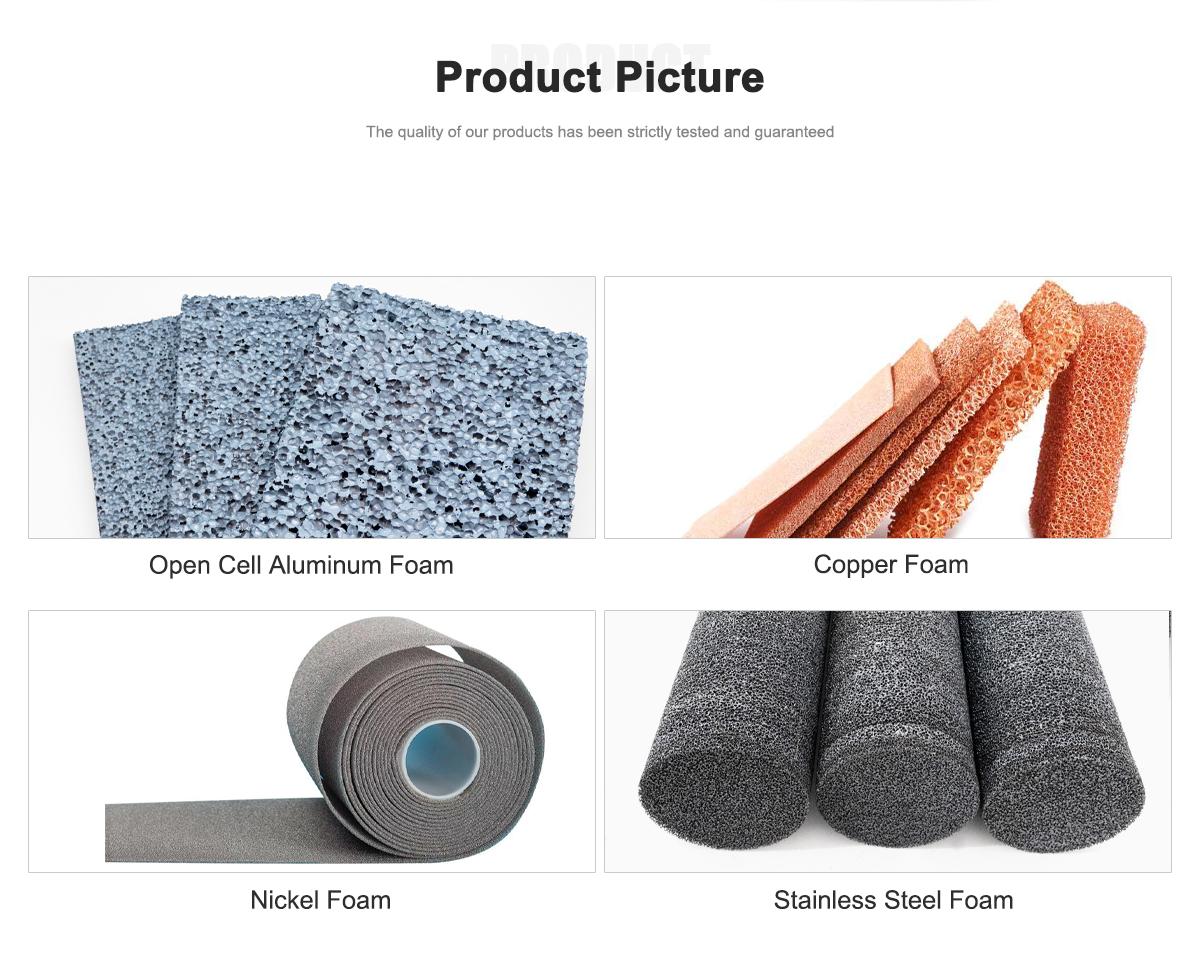
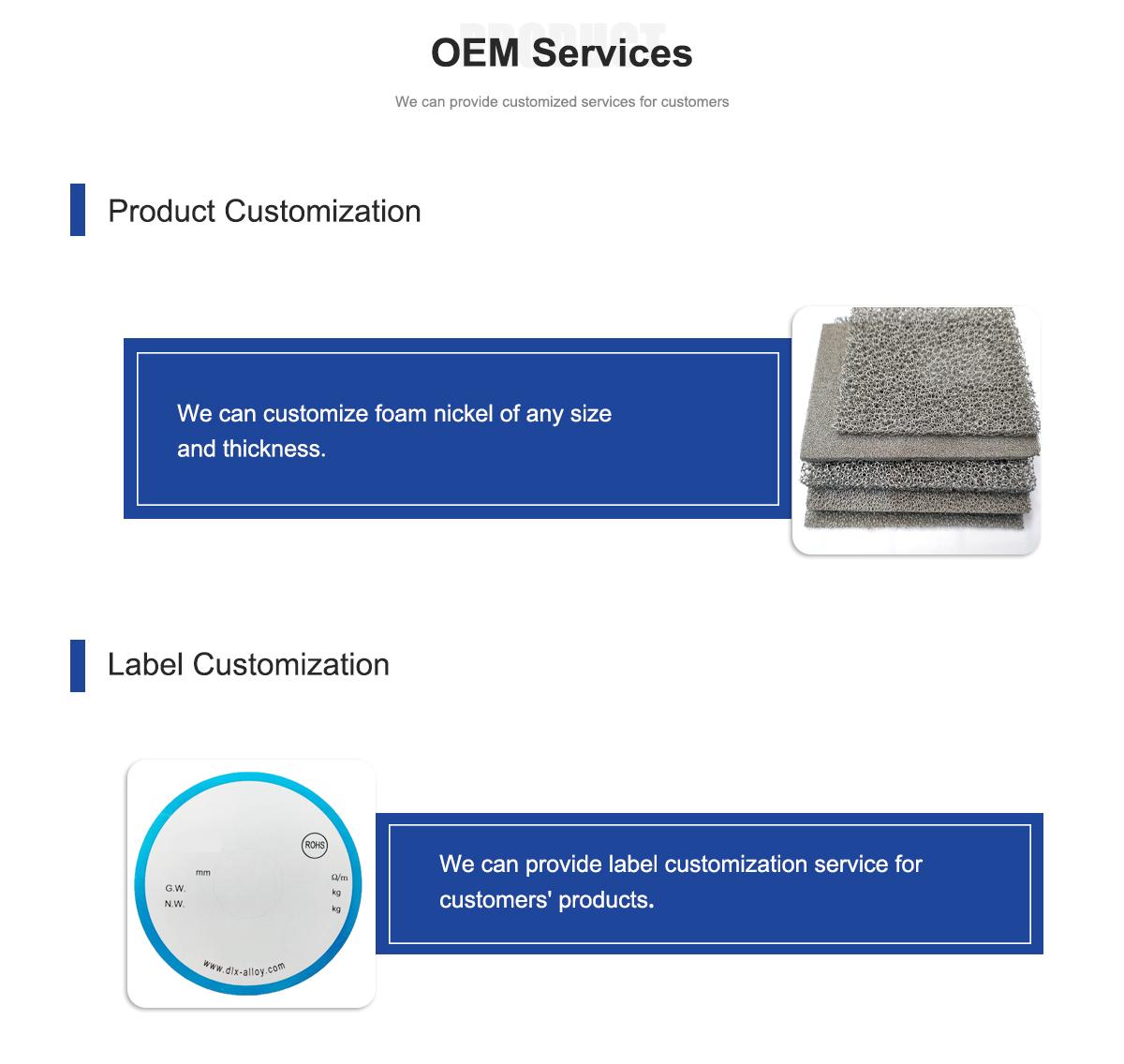
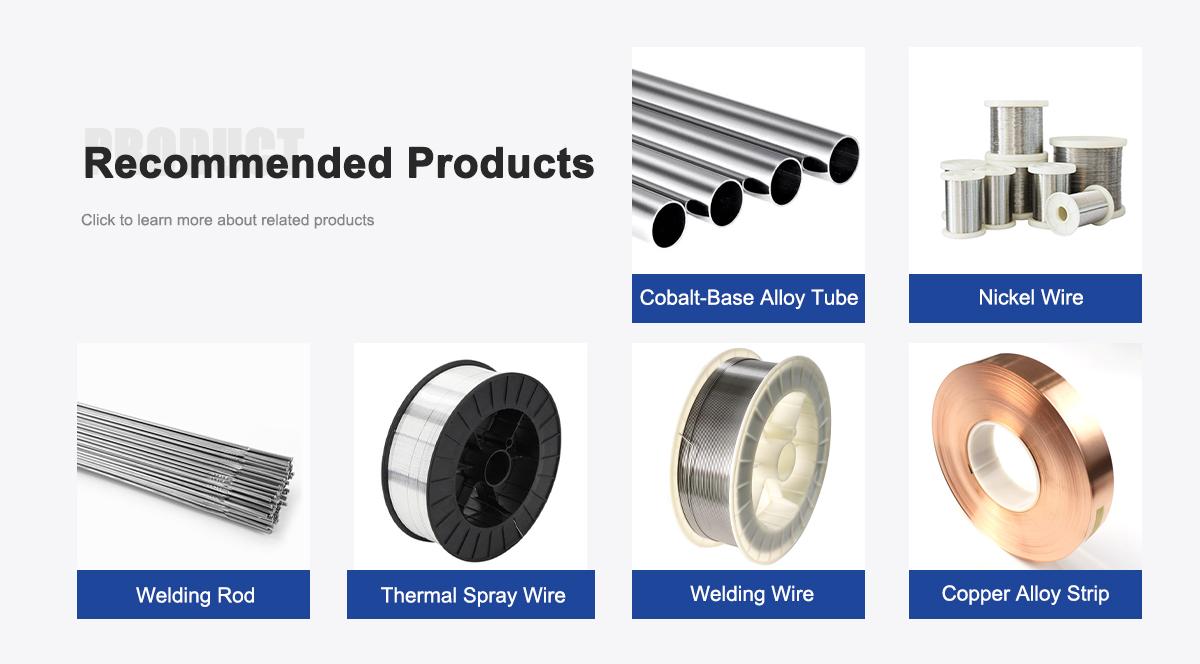
About Us:
Our 12,000㎡ factory is equipped with complete capabilities for research, production, testing, and packaging. We strictly adhere to ISO 9001 standards in our production processes, with an annual output of 1,200 tons. This ensures that we meet both quantity and quality demands. Furthermore, all products undergo rigorous simulated environment testing including high temperature, high pressure, and corrosion tests before being dispatched, ensuring they meet customer specifications.
For all our clients, we offer timely and multilingual after-sales support and technical consulting, helping you resolve any issues swiftly and efficiently.

Client Visits
Building Stronger Partnerships

We support all kinds of testing:


FAQs:
-
What is high-surface-area nickel foam?
It’s a porous, lightweight nickel-based material with an ultra-high surface area, optimized for use as a substrate in photocatalytic reactions. -
How does nickel foam enhance photocatalysis?
Its high surface area maximizes catalyst loading and light exposure, boosting reaction efficiency for applications like water purification and hydrogen production. -
Which industries use this nickel foam?
Environmental technology, renewable energy, chemical processing, wastewater treatment, and air purification industries rely on it. -
Why is high surface area critical for photocatalysis?
It increases active sites for catalytic reactions, improving efficiency and speeding up processes like pollutant degradation or energy conversion. -
What are the key applications of this nickel foam?
It’s used in photocatalytic water splitting, pollutant degradation, air purification, CO2 reduction, and antimicrobial coatings. -
How does nickel foam compare to other photocatalytic substrates?
It offers higher surface area, better corrosion resistance, and greater durability than materials like titanium dioxide or carbon-based substrates. -
What are the latest trends in nickel foam for photocatalysis?
Growing demand for clean energy, advancements in nanostructured foams, and sustainable manufacturing are driving market growth. -
Is high-surface-area nickel foam eco-friendly?
Yes, it’s recyclable, supports green technologies like water purification, and is produced with energy-efficient methods.

